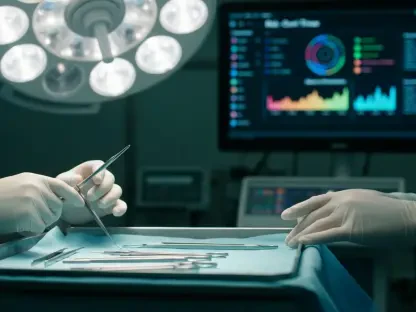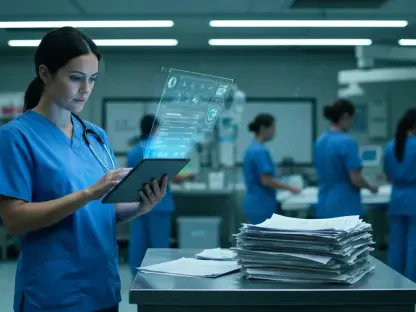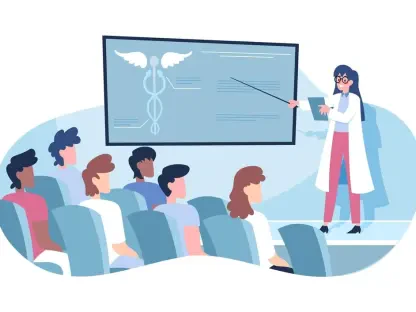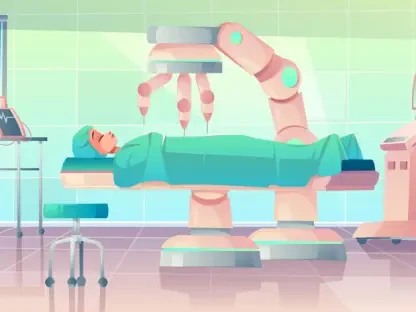In the throes of an unprecedented global health crisis, hospitals face intense pressure to provide optimal patient care with increasing efficiency. This pressing need has pushed the medical community to embrace innovative solutions, with one standout being the streamlining of hospital operations through automation.
Embracing the Future of Healthcare
Imagine walking into a hospital where robots assist in surgeries, automated kiosks manage patient intake, and AI predicts patient needs before they even arise. This isn’t a scene from a sci-fi movie; it’s the tangible future of healthcare, and it’s happening right now.
“Automation is transforming the healthcare landscape by reducing errors, improving patient outcomes, and making day-to-day operations more efficient,” says Dr. Emily Harris, a pioneer in healthcare technology. “It’s not just about machines taking over tasks; it’s about augmenting human capabilities to provide better care.”
The Efficiency of Automation
Hospital operations are notoriously complex, involving a multitude of processes, stakeholders, and systems that need coordination. From scheduling surgeries to managing patient records, the sheer volume of tasks can often lead to inefficiencies and errors.
Automation helps to bridge these gaps. For instance, automated scheduling systems can ensure that operating rooms and medical staff are utilized optimally, reducing downtime and increasing the number of patients treated. Similarly, automated medication dispensing lowers the risk of human error, ensuring patients receive the correct dosages.
“Automation has allowed us to focus more on patient care and less on administrative tasks,” shares nurse Sarah Johnson. “It’s remarkable how much smoother our operations run. We can now dedicate more time to interacting with our patients, which improves their experience and our job satisfaction.”
Real-Life Anecdotes
At John Hopkins Hospital, the integration of automatic guided vehicles (AGVs) has revolutionized the way supplies and medications are transported within the facility. Bill Thompson, the logistics manager, recounts, “Before introducing AGVs, we struggled with delayed deliveries and misplaced supplies. Now, our automated system ensures timely and efficient transportation, drastically improving our workflow.”
Another revolutionary aspect is the automated patient check-in process. Hospitals like Texas Health Presbyterian have deployed self-service kiosks that handle patient intake, significantly reducing wait times and administrative burdens. “Patients appreciate the streamlined process,” notes front-desk supervisor Carla Pierce. “Automating check-in has freed up our staff to assist those who need extra help, creating a more welcoming environment.”
A Demand for Action
With automation proving to be a game-changer in hospital operations, it’s imperative for healthcare facilities to invest in these technologies. The industry is at a crossroads, where the choice to adopt automation could determine the future of patient care and operational efficiency.
“The potential of automation in healthcare is vast,” argues Dr. Harris. “However, it requires thoughtful implementation and continuous adaptation to truly harness its benefits. Leaders in the medical field must be proactive in embracing these technologies to pave the way for a more efficient, patient-centered future.”
In conclusion, hospitals that leverage automation are not just surviving but thriving in today’s demanding healthcare environment. The stories of improved efficiency, reduced errors, and enhanced patient care serve as compelling reasons for others to follow suit. As we look to the future, the call to streamline hospital operations through automation has never been more urgent or more promising.









